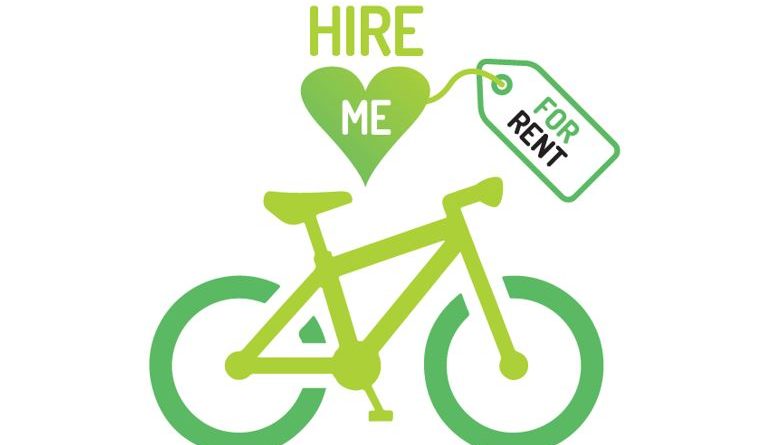Vosper: Four things bike shop owners can do right now to increase 2019 revenues
Last time we looked at beefing up the service department and using bike fitting as ways to drive new revenues to your retail business. The series concludes with ideas for using bike hire and used bikes, either as mechanisms to stimulate more new bike sales or as freestanding profit centres.
These ideas have already achieved a measure of success among US and Canadian retailers and may be applicable (or adaptable) for Cycling Industry News subscribers in other markets as well.
3 > BIKE HIRE
Bike hire or rental has been a small but steadily growing practice among US dealers in the past decade, and one which shows no signs of slowing.
The relatively new option of adding e-bikes into the mix only increases the value of the opportunity. The key, retailers agree, is to find the right programme and model mix for your market area.
In addition to the obvious market of local tourists interested in sightseeing, I’ve spoken with dealers who keep a fleet of off-road rentals for out-of-town visitors to mountain biking hot spots. There are even shops in Kona, Hawaii that make an entire side business of renting high-end triathlon bikes and related gear for the Ironman World Championships (and presumably for other events) each year. And at least one retailer tells me that they’ve struck a profitable relationship to provide and service hire fleets for one or more local hotels.
The point is that like bike sales themselves, bike hire opportunities are where you find them. The business mechanics or bike hire are simple enough. You create a fleet, let cyclists know about it, hire the bikes out, then recoup your initial costs by selling the fleet at the end of the season.
4 > USED BIKE SALES
Used bicycles are a common, heavily depreciated, not especially profitable commodity. So why would a bike shop want to be in the used bike business in the first place? The answer is that they don’t, especially.
Virtually every retailer I’ve spoken to about this topic agrees the sole purpose of taking in a used bike is to facilitate the sale of a new one. And increasingly, that’s exactly what they’re doing. And why.
Faced with the option of owning yet another “N+1” bike (and the likely spousal disapprobation that so often accompanies it) or the tedious chore of listing/ selling/ cleaning/ packing/ shipping the old bike before the new one is purchased, many cyclists are only too happy to have the dealer take the old bike in trade as part of the acquisition of a shiny new one.
Stateside, the trade-in process is often abetted by the website, Bicycle Blue Book (in the US, a “Blue Book” is a price comparison guide for cars or other resalable items rather than a governmental document or report). The BBB lists a generally agreed-to-be-fair trade-in price for the used bike by year and condition.
The point is to turn the used bike quickly and move on to the next sale. But the net result is an easier transaction for the customer and a potentially incremental sale for the shop. Everybody wins. The used bike is taken in and promptly cleaned and prepped, photographed, boxed and posted for sale…possibly on eBay, possibly among BBB’s own listings.
Find the first part of Rick Vosper’s article here, or pick up a copy of Cycling Industry News’ first mag of the year (01 2019). Find more of Vosper’s articles on www.cyclingindustry.news. Stay tuned for more from Vosper in the next edition of CIN.



